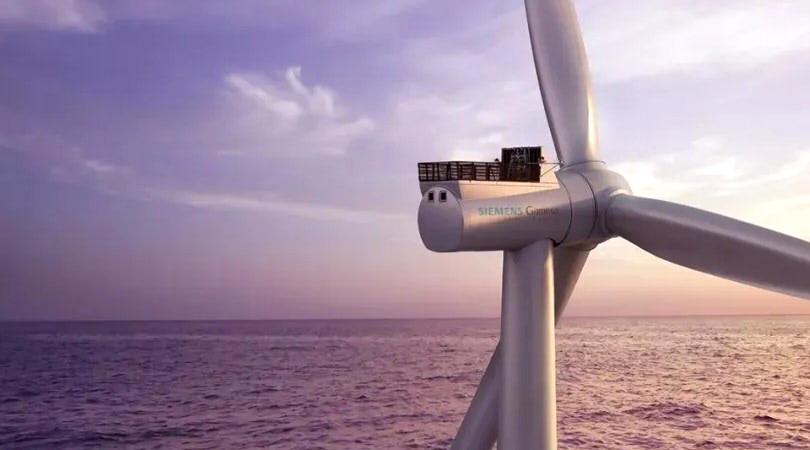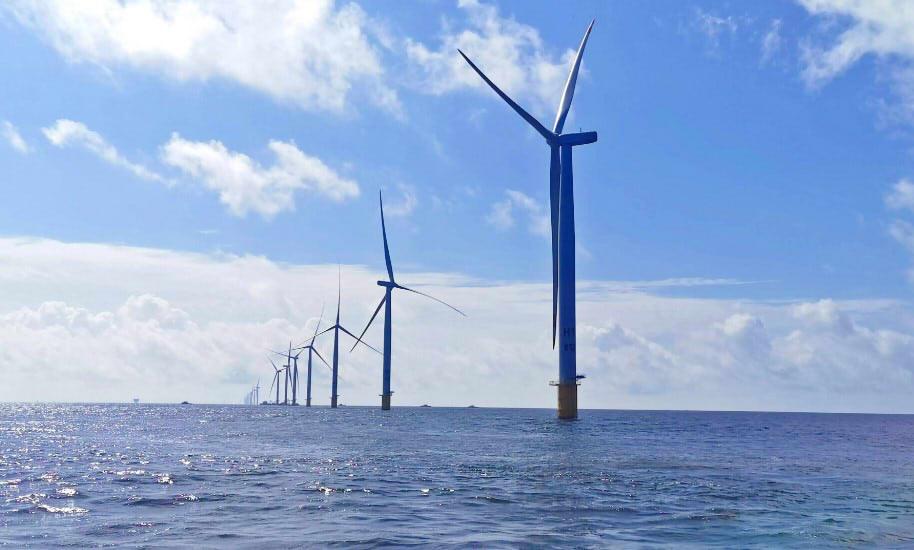The energy crisis in Europe intensifies with the closure of the Russian Nord Stream gas pipeline 1. In this context, Hornsea 2, which the Danish energy company Orsted calls the largest offshore wind farm in the world, comes into full operation.
Hornsea Wind Farm 2

Located about 89 miles off the Yorkshire coast, hornsea wind farm 2 it's quite big. It has an installed capacity of more than 1.3GW and covers an area of 462 square kilometers.
Their 165 turbines will help feed more than 1,4 million British homes with low cost renewable energy, clean and safe. Along with Hornsea 1, the wind farm can supply electricity to 2,5 million homes.
The Hornsea project 2 uses a Siemens Gamesa wind turbine with a blade size of 81 metros. According to Orsted, one revolution of the wind turbine blades can power an average British household for 24 hours.
Besides, the project covers 390 kilometers of submarine transmission cable. This line can carry electricity generated by Hornsea 2 to the coast of Horseshoe Point, en Lincolnshire.
Hornsea 2 It has the largest alternating current marine substation in the world. It also has a reactive power compensation station (RCS). Due to the length restrictions of the wire lines, an RCS is needed to compensate reactive power losses and ensure efficient power transmission.
Wind Power Development in the UK

The UK has set a target of 300 GW of mid-century offshore wind in the run-up to Brexit in January 2020. Currently, the country has a relatively mature offshore wind sector. With the expansion of the sector in the coming years, UK authorities hope to reach the 50GW capacity target for 2030.
The UK government hopes to go ahead with the Hornsea project 3 after Hornsea 2. The new project of 2,8 GW will also take place in Hornsea, having a surface area of more than 2.000 square kilometers.
Orsted currently has 13 operational offshore wind farms in the UK. They provide a total of 6.2GW of renewable electricity. This electricity is enough to supply more than 7 million homes.
Besides, it is expected that the Dogger Bank of Equinor and SSE, from 4,8 GW, situated off the Yorkshire coast, be the largest offshore wind farm in the world in 2026.
After the outbreak of the Russian-Ukrainian conflict, European countries try to move away from the need for Russian fossil fuels. As the greenhouse effect is increasingly reflected in climate change, global demand for clean energy is rising sharply. In this context, the hornsea commissioning 2 as the largest offshore wind farm in the world is of great importance.
In addition to the UK, other European countries are also actively developing offshore wind power. The heads of state or government of eight Baltic Sea countries have agreed in Copenhagen on a massive expansion of wind power. The objective is to strengthen energy security and cooperation in the field of marine energy. The declaration foresees increasing the installed capacity of offshore wind power in the Baltic Sea region under its control from the 2,8 current GW to 19,6 GW para 2030.
